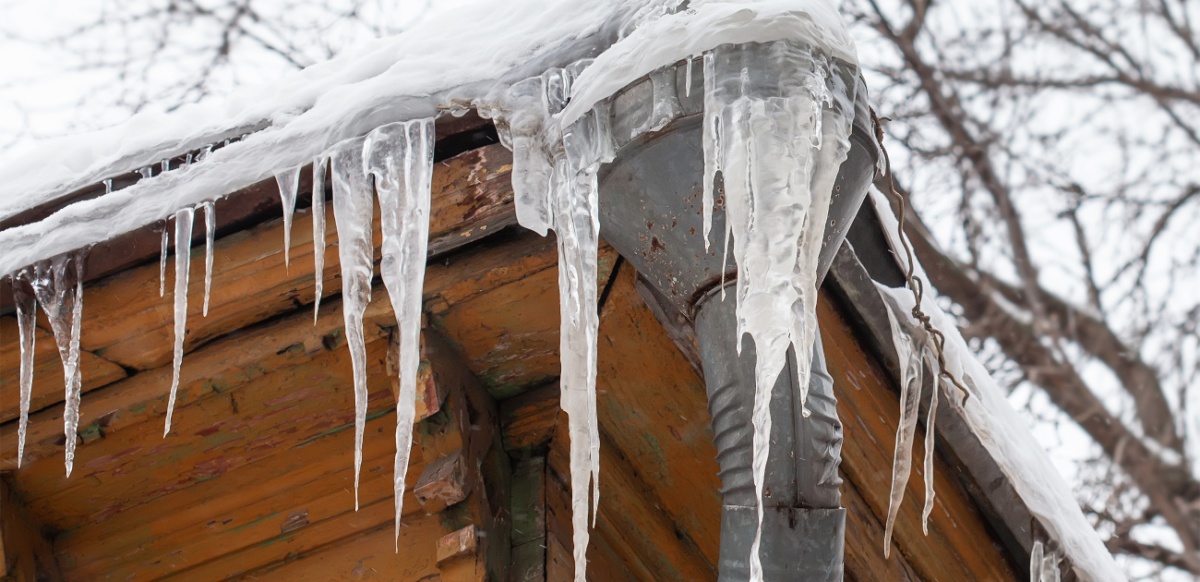They are making several great points about Preventing and dealing with frozen pipes overall in this article followed below.

Cold weather can wreak havoc on your pipes, especially by freezing pipes. Here's how to prevent it from happening and what to do if it does.
Introduction
As temperatures decrease, the danger of icy pipes rises, possibly bring about pricey repair services and water damage. Understanding just how to avoid frozen pipelines is vital for house owners in cold environments.
Understanding Icy Pipes
What creates pipes to ice up?
Pipes freeze when revealed to temperatures listed below 32 ° F (0 ° C) for extended durations. As water inside the pipelines freezes, it broadens, taxing the pipe walls and possibly creating them to rupture.
Risks and damages
Frozen pipelines can bring about supply of water interruptions, residential or commercial property damage, and pricey fixings. Ruptured pipes can flood homes and cause comprehensive architectural damages.
Indications of Frozen Water Lines
Recognizing icy pipelines early can avoid them from rupturing.
Exactly how to determine frozen pipelines
Seek reduced water flow from faucets, unusual smells or sounds from pipelines, and visible frost on revealed pipelines.
Prevention Tips
Insulating at risk pipelines
Cover pipelines in insulation sleeves or make use of heat tape to protect them from freezing temperature levels. Focus on pipelines in unheated or outside locations of the home.
Heating techniques
Maintain indoor areas sufficiently warmed, particularly locations with plumbing. Open closet doors to allow warm air to flow around pipes under sinks.
Securing Exterior Plumbing
Garden hose pipes and outside faucets
Separate and drain pipes garden hoses prior to wintertime. Set up frost-proof spigots or cover exterior faucets with shielded caps.
What to Do If Your Pipelines Freeze
Immediate actions to take
If you believe frozen pipelines, maintain faucets available to ease stress as the ice melts. Make use of a hairdryer or towels soaked in warm water to thaw pipes gradually.
Long-Term Solutions
Structural modifications
Consider rerouting pipelines far from exterior wall surfaces or unheated locations. Add additional insulation to attic rooms, basements, and crawl spaces.
Upgrading insulation
Purchase high-quality insulation for pipes, attics, and walls. Appropriate insulation assists keep constant temperatures and decreases the risk of icy pipelines.
Verdict
Protecting against icy pipes calls for positive actions and quick feedbacks. By understanding the reasons, indicators, and preventive measures, home owners can protect their plumbing throughout winter.
5 Ways to Prevent Frozen Pipes
Drain Outdoor Faucets and Disconnect Hoses
First, close the shut-off valve that controls the flow of water in the pipe to your outdoor faucet. Then, head outside to disconnect and drain your hose and open the outdoor faucet to allow the water to completely drain out of the line. Turn off the faucet when done. Finally, head back to the shut-off valve and drain the remaining water inside the pipe into a bucket or container. Additionally, if you have a home irrigation system, you should consider hiring an expert to clear the system of water each year.
Insulate Pipes
One of the best and most cost-effective methods for preventing frozen water pipes is to wrap your pipes with insulation. This is especially important for areas in your home that aren’t exposed to heat, such as an attic. We suggest using foam sleeves, which can typically be found at your local hardware store.
Keep Heat Running at 65
Your pipes are located inside your walls, and the temperature there is much colder than the rest of the house. To prevent your pipes from freezing, The Insurance Information Institute suggests that you keep your home heated to at least 65 degrees, even when traveling. You may want to invest in smart devices that can keep an eye on the temperature in your home while you’re away.
Leave Water Dripping
Moving water — even a small trickle — can prevent ice from forming inside your pipes. When freezing temps are imminent, start a drip of water from all faucets that serve exposed pipes. Leaving a few faucets running will also help relieve pressure inside the pipes and help prevent a rupture if the water inside freezes.
Open Cupboard Doors
Warm your kitchen and bathroom pipes by opening cupboards and vanities. You should also leave your interior doors ajar to help warm air circulate evenly throughout your home.

As a serious person who reads about Preventing and dealing with frozen pipes, I imagined sharing that excerpt was smart. Appreciated our piece of writing? Please quickly share it. Help others locate it. We treasure your readership.
Click Here